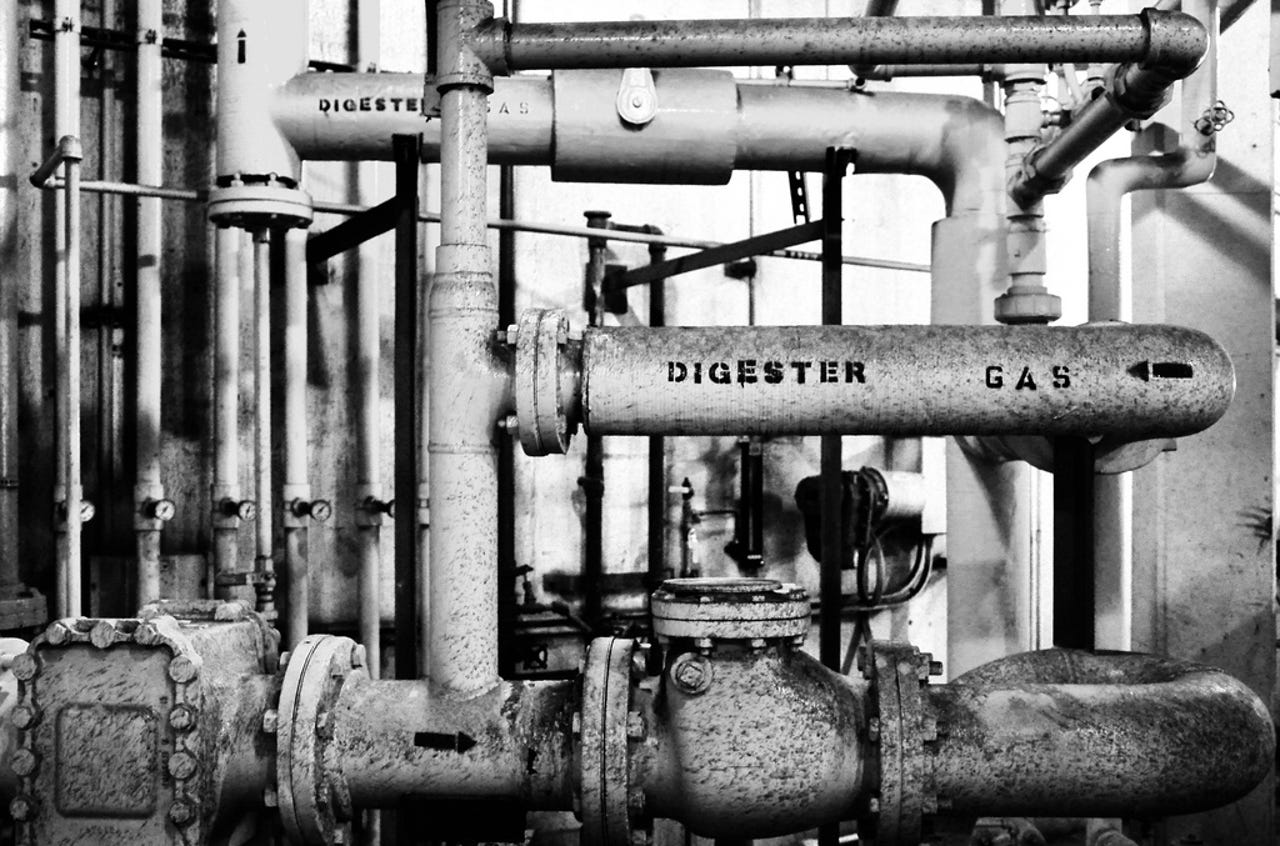Innovation
How cities can stop deadly gas leaks
A gas leak is being blamed for a major explosion in New York City today. What can be done to make sure it doesn't happen again?


A massive explosion caused two buildings to collapse and left two people dead in New York City today. The cause, according to New York Mayor Bill de Blasio, appears to be a gas leak.
The disaster came just a day after the Center for an Urban Future released a report highlighting New York City's aging infrastructure. The report says that the city has 6,362 miles of gas mains with an average age of 56. In addition, 60 percent of gas mains from Con Edison, New York City's natural gas provider, are made with unprotected steel and or cast iron, which makes them more susceptible to leaks. According to the report, the cost of replacing one mile of main is $2.2 to $8 million.
"Con Edison is targeting the replacement of an average of 30 miles of cast iron pipe each year, but a more aggressive replacement schedule may be warranted," the report said.
No kidding.
But New York City isn't the only U.S. city dealing with dangerous gas leaks. Earlier this year, a study from Duke University and Boston University found nearly 6,000 gas leaks in Washington, D.C. alone. Some of the manholes had concentrations of methane, the main ingredient in natural gas, as high as 500,000 parts per million of natural gas. That's 10-times higher than the threshold at which an explosion can occur. And, according to the report, natural gas pipeline failure results in 17 fatalities, 68 injuries, and $133 million in property damage each year. Thousands of unreported gas leaks have also been discovered in Boston and San Francisco.
And while the situation may seem bleak (it certainly does today), there have been technological advances that are making it easier to spot gas leaks.
In 2012, two years after a major gas pipeline explosion in San Bruno, California, Pacific, Gas & Electric (PG&E), the utility involved in the explosion, became the first utility to begin using innovative methane detection technology called Picarro Surveyor. The device can be attached to a vehicle to detect methane plumes more quickly and alert utilities of leaks in real time. It can also distinguish between natural gas from a utility and naturally occurring methane.
As Picarro CEO Michael Woelk told the Environmental Defense Fund: "When it comes to safety and environmental impact, we know that fugitive natural gas leaks are an important factor, which gas companies must manage carefully. Our technology is making that process easier by modernizing the way these companies detect leaks along their pipelines. The result is better public safety and a healthier environment."
More recently, PG&E has been testing a high-tech robot that can inspect transmission pipeline for dents, cracks or corrosion without removing the line from service.
Of course, detection can do a lot for safety. But utilities still need to replace old infrastructure. Fortunately, as National Geographic points out, most of the leaky cast iron infrastructure has been replaced over the last few decades. The only problem is that the 2.6 percent of the nation's gas distribution lines that are still made of cast iron are to blame for 11 percent of the incidents that have caused injuries or fatalities. Unfortunately, for gas utilities, updating almost all of the infrastructure isn't quite good enough.
Photo: Flickr/cementley
Related on SmartPlanet:
This post was originally published on Smartplanet.com